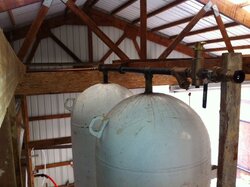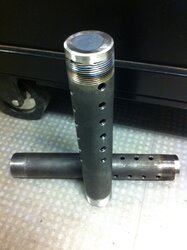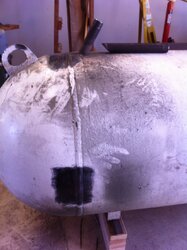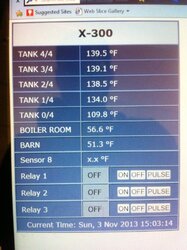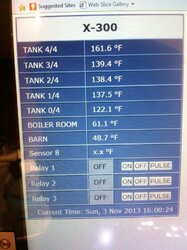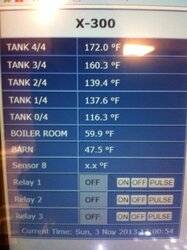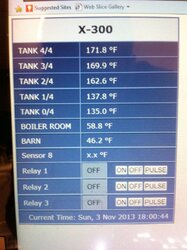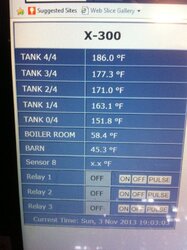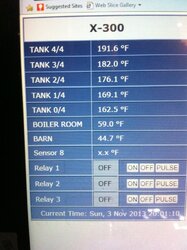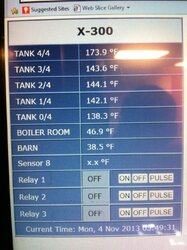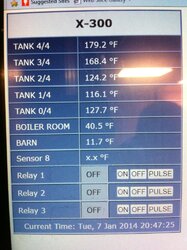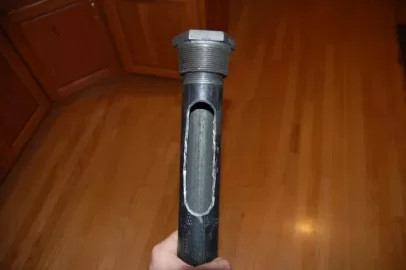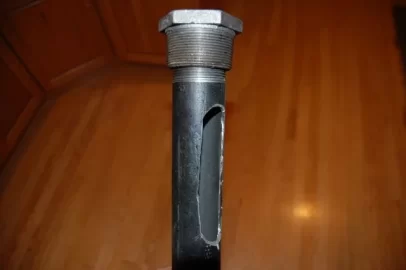I have to explain this idea to a customer, and I couldn't find anything at the right level of clarity. Here's my first cut at explaining it. Any comments or thoughts?
Storage tanks can serve as a hydraulic separator. There are are two independent heat loops with the tank serving as part of both loops. The first loop takes cool water from the bottom of storage through a heat source (wood boiler, for instance) and returns it as hot water to the top of storage. This creates a layer of very hot water at the top of the tank which is pushed downwards.

Figure 1: Boiler to Storage Loop

Figure 2: Storage to Heat Load(s) Loop
Of course, both of these loops can and often do operate at the same time. The beauty of this approach is that either loop can operate whenever it needs to, and each loop can operate at an optimal and independent flow rate for current conditions.

Figure 3: Combined Loops
If the heat source has a higher flow rate then the heat loads need, then the additional hot water goes into storage, pushing the hot/cold boundary downwards. If the heat loads need more flow than the heat sources are providing, then the hot/cold boundary moves upwards. All of this behavior happens automatically, irrespective of the number and types of heat sources and heat loads.
Storage tanks can serve as a hydraulic separator. There are are two independent heat loops with the tank serving as part of both loops. The first loop takes cool water from the bottom of storage through a heat source (wood boiler, for instance) and returns it as hot water to the top of storage. This creates a layer of very hot water at the top of the tank which is pushed downwards.

Figure 1: Boiler to Storage Loop
The second loop takes hot water from the top of storage, passes it through the heat load(s), and returns it as cool water to the bottom of the tank. This creates a layer of cool water in the bottom of storage that’s pushed upwards.

Figure 2: Storage to Heat Load(s) Loop

Figure 3: Combined Loops
If the heat source has a higher flow rate then the heat loads need, then the additional hot water goes into storage, pushing the hot/cold boundary downwards. If the heat loads need more flow than the heat sources are providing, then the hot/cold boundary moves upwards. All of this behavior happens automatically, irrespective of the number and types of heat sources and heat loads.




